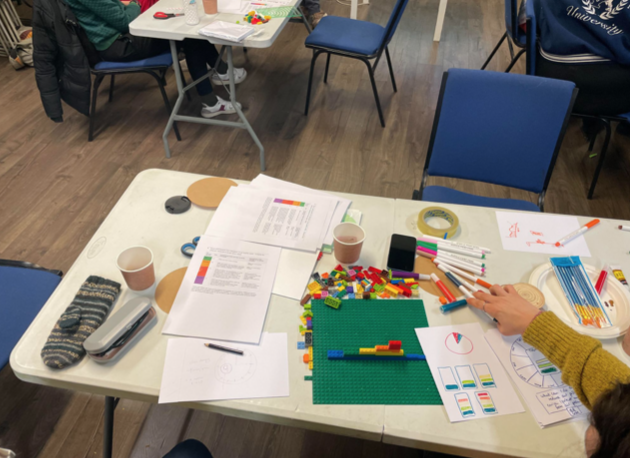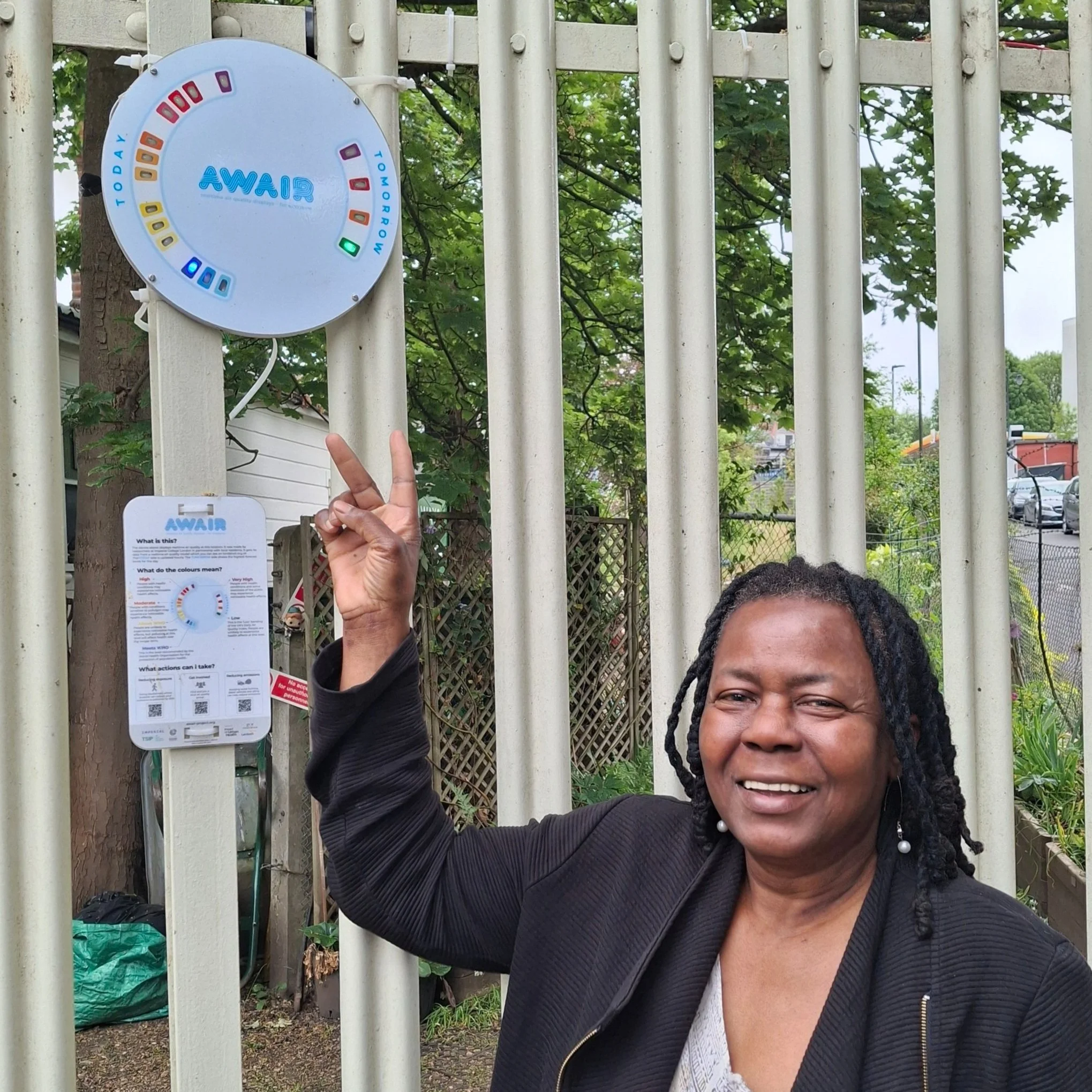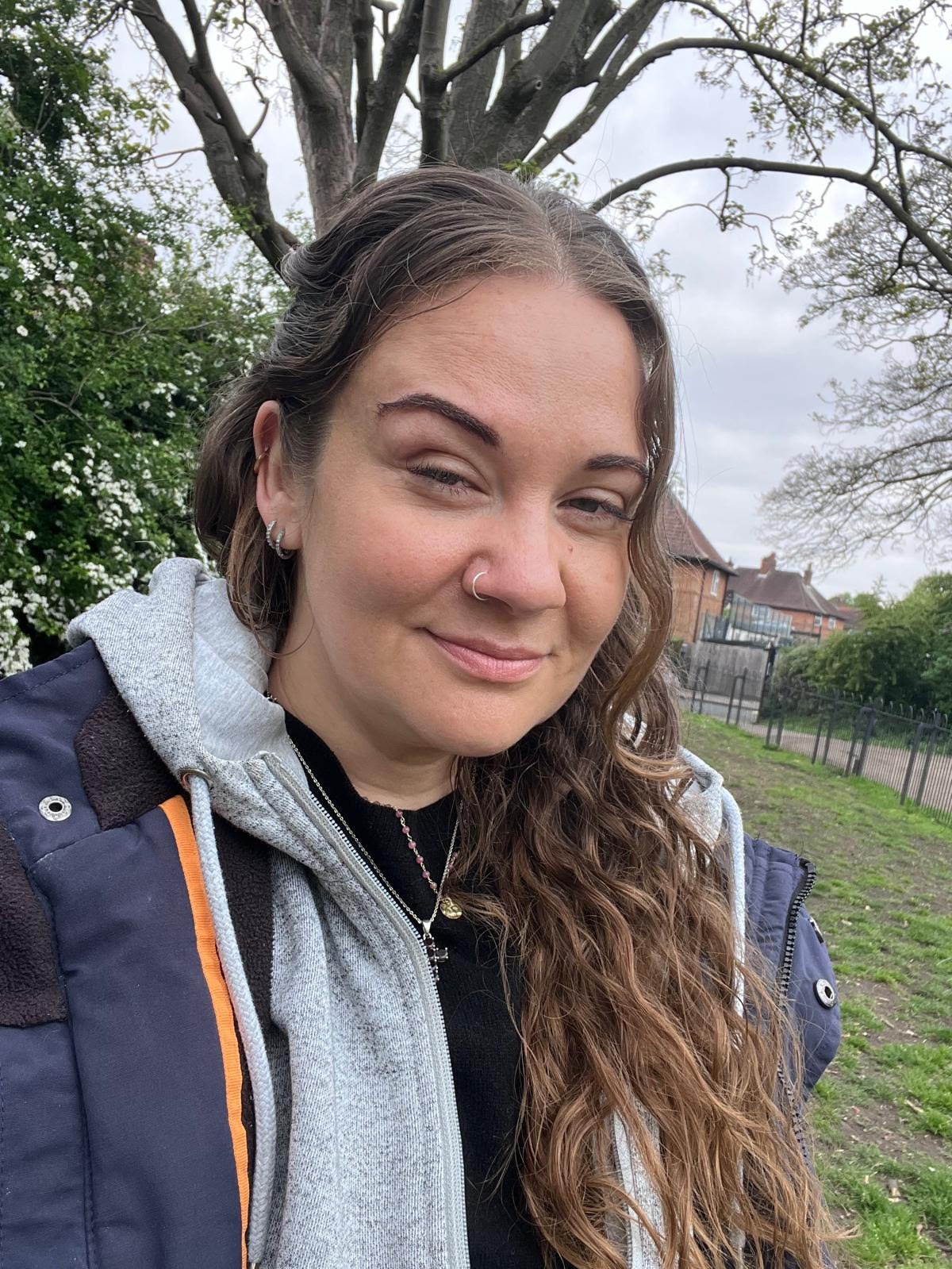The AWAIR pilot was designed around the idea that the community should have a say in how air quality information is displayed in their neighbourhoods.
That’s why we worked together with residents of Lambeth, Southwark, and Hammersmith & Fulham to design the displays and determine where to locate them.
Co-design is the process of working with people and communities directly affected by the issues to develop and deliver solutions. For the AWAIR project, we were mindful of the groups we were looking to hear from, making sure our approach is well-aligned and engaging for all involved, with a focus on seldom-heard voices.
Our process had three primary steps:
Identify which ward in each borough to work in
Engage residents of the selected wards to design the display monitor
Once the display designs are finalised, engage residents once again to determine their locations in the ward
Click on the scroll down bar on the right hand side for more information on each step.
Co-design Journey
-
In thinking about a suitable size of area to survey before and after the deployment and also in terms of discovering data which may help shape an approach to identifying suitable communities, discussions with project partners have led to looking at wards in Lambeth and Southwark as a useful geographic and demographic unit.
Broadly, the project seeks to deploy the devices in areas which have:
poor air quality
poor health outcomes related to pollution exposure
have some level of digital exclusion which could be aided by participation in the project.
From this criteria, we chose Nunhead and Queens Road in Southwark and Gipsy Hill in Lambeth.
-
TSIP facilitated a co-design session with each of the neighbourhoods for the display and one online mixed community session
Nunhead and Queens Road, Southwark: 15 participants.
Gipsy Hill, Lambeth: 9 participants
White City, 14 participants
Online: 6 participants
There was a diverse range of people in the workshops, ensuring kids and young people, to more older, established residents involved. People had different levels of familiarity about the issue of air pollution, but we found that there was genuine curiosity and interest in the matter.
There was consensus among the community participants for a need and the potential benefits of installing an air quality display monitoring system, such as how the air quality display can help residents become aware of the air quality in their immediate environment, and hoped it would lead to greater health protection.
In the sessions, people were guided by their imaginations and encouraged to brainstorm and create a list of features and information they would like to see on the display. Incorporating the features important to them, workshop participants created a rough sketch of their air quality monitor display. Once they were done, they presented their design to the rest of the group and we had time for Q&A and constructive feedback from other participants, thinking about the strengths and potential improvements of each presentation.
For instance, findings from the workshop that the design incorporates:
Consisting of sustainable materials - to be in line with the messaging of the AQD
The size of the text should be appropriate - not too small needs to be fairly big
Using the key discoveries, and main themes from the workshop we arrived at the final air quality monitor display designs! The process highlighted the importance of embedding community voice listening to them as well.
-
After the design was developed, TSIP made sure to engage the same and new community members once again to decide where the displays should be placed in their neighbourhoods and set up the displays with community members as well!
Residents were invited to pin their desired locations on a virtually interactive map, and also attend a last co-design session.








